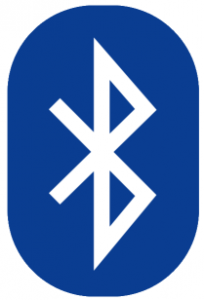
If you’re using Windows 7 and want to connect your computer with your wireless keyboard, mouse or headset, or to transfer files from your smartphone to your computer through Bluetooth, you need to first turn on Bluetooth on Windows 7. This article will show you how to do it. You’ll learn:
How to turn on Bluetooth on Windows 7 easily
Normally you can turn on Bluetooth on Windows 7 by taking these easy steps:
- Click the Start button in the lower-left corner of your screen.
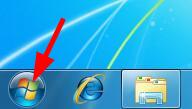
- Type bluetooth settings in the search box, then select Change Bluetooth settings from the results.
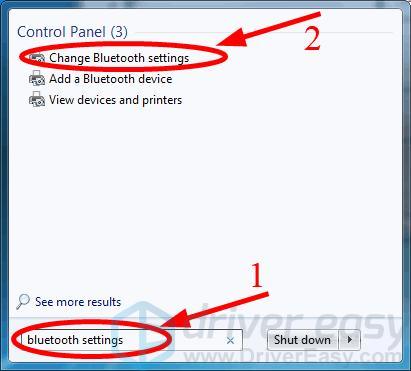
- Make sure you check the boxes as the screenshot shown below, then click OK.
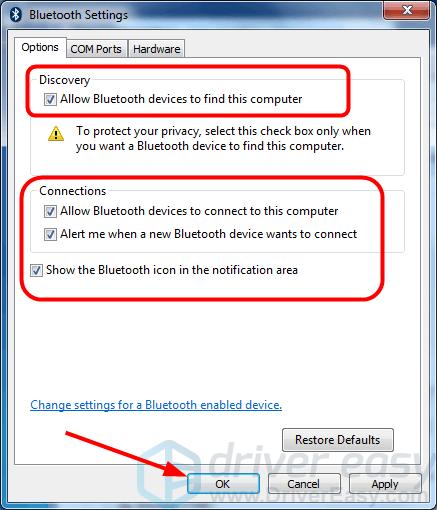
- Click the little triangle icon on the bottom-right part of your screen, and you’ll see the Bluetooth icon; it means you’ve turned on Bluetooth in your Windows 7. Congratulations!

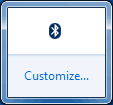
What to do if you can’t turn on Bluetooth on Windows 7
Here are the top 3 ways to fix Bluetooth issues on Windows 7. Just work your way down the list until you find the one that works for you.
- Update your Bluetooth driver
- Re-enable the Bluetooth driver software in Device Manager
- Make sure the Bluetooth Support Service is running
Fix 1: Update your Bluetooth driver
Bluetooth needs the supporting hardware and software to work. When you’re sure your computer is Bluetooth capable but you somehow can’t use it, the most likely cause is a Bluetooth driver problem.
Fortunately, this is also the easiest problem to fix.
There are two ways to update your Bluetooth driver — manually or automatically.
Update your Bluetooth driver manually — You can update your Bluetooth driver manually by going to the hardware manufacturer’s website, and searching for the latest driver for your Bluetooth. But if you take this approach, be sure to choose the driver that’s compatible with the exact model number of your hardware, and your version of Windows.
Update your Bluetooth driver automatically — If you don’t have the time, patience or skills to update your driver manually, you can, instead, do it automatically with Driver Easy. You don’t need to know exactly what system your computer is running, you don’t need to risk downloading and installing the wrong driver, and you don’t need to worry about making a mistake when installing. Driver Easy handles it all.
- Download and install Driver Easy.
- Run Driver Easy and click Scan Now. Driver Easy will then scan your computer and detect any problem drivers.
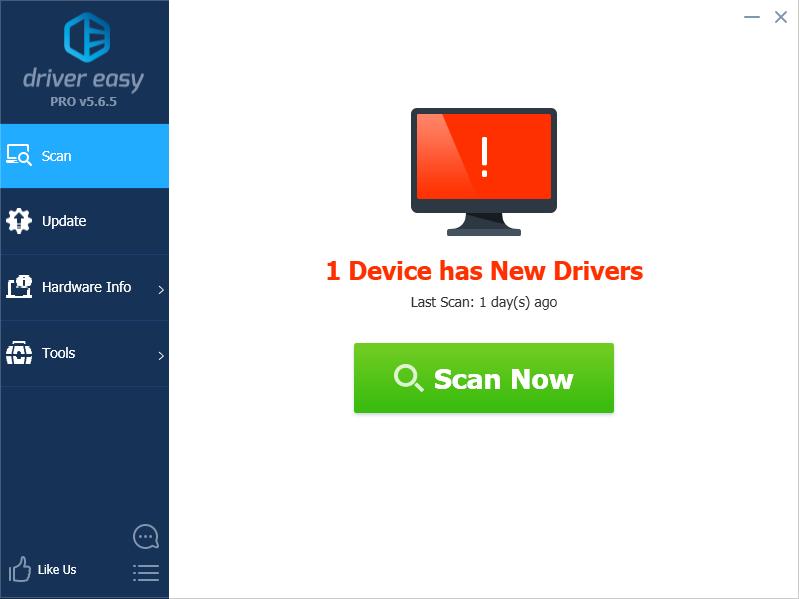
- Click Update next to any flagged devices to automatically download the correct version of their drivers, then you can install them manually. Or click Update All to automatically download and install them all automatically. (This requires the Pro version — you’ll be prompted to upgrade when you click Update All. You get full support and a 30-day money back guarantee. )

- Restart your computer and check if you can turn on Bluetooth now. If you can’t, contact Driver Easy’s support team at support@drivereasy.com for further assistance. They’d be happy to help you. Or you can move on to Fix 2, below.
Fix 2: Re-enable the Bluetooth driver software in Device Manager
- Click the Start button, type device manager in the search box, and select the matching result.

- Expand the Bluetooth Radios category. You’ll see the Bluetooth hardware listed there.
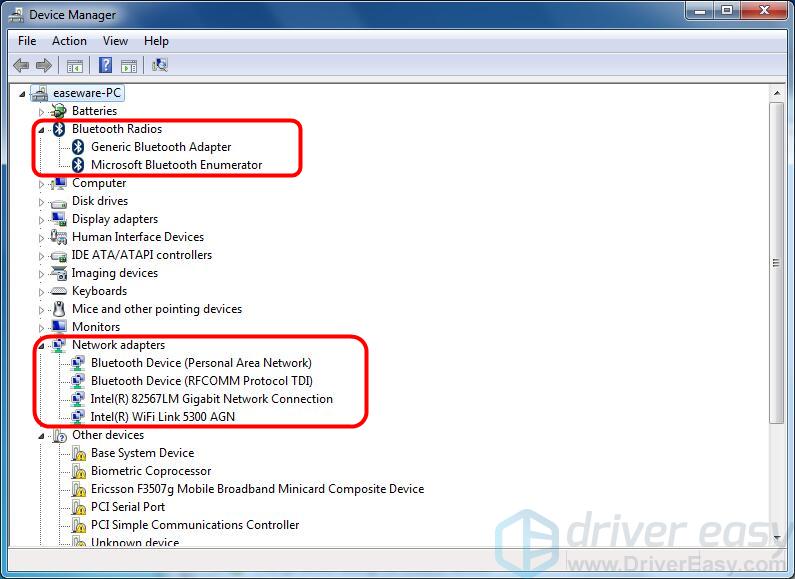
3) Right-click on your Bluetooth device and select Disable.
4) Right-click on your device again, then click Enable.
5) Click Show hidden icons. 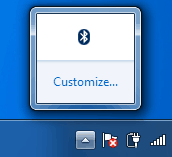
Can you see the Bluetooth icon now? If you do, congratulations. You’ve fixed the problem. But if it’s still not there, try Fix 3, below.
Fix 3: Make sure the Bluetooth Support Service is running
- Type services in the Start Search, then select Services to access the Windows Services Manager.
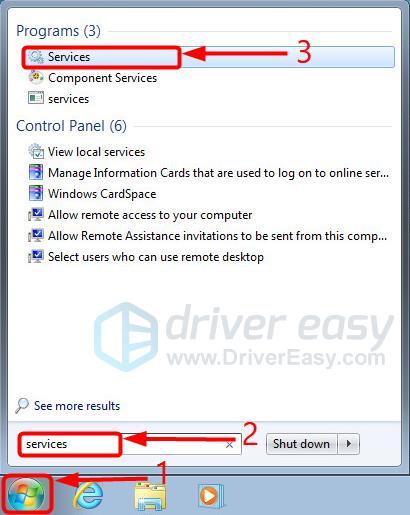
- In the list find Bluetooth Support Service, right-click on it and select Start. (If the Start option grayed out, then click Restart.)
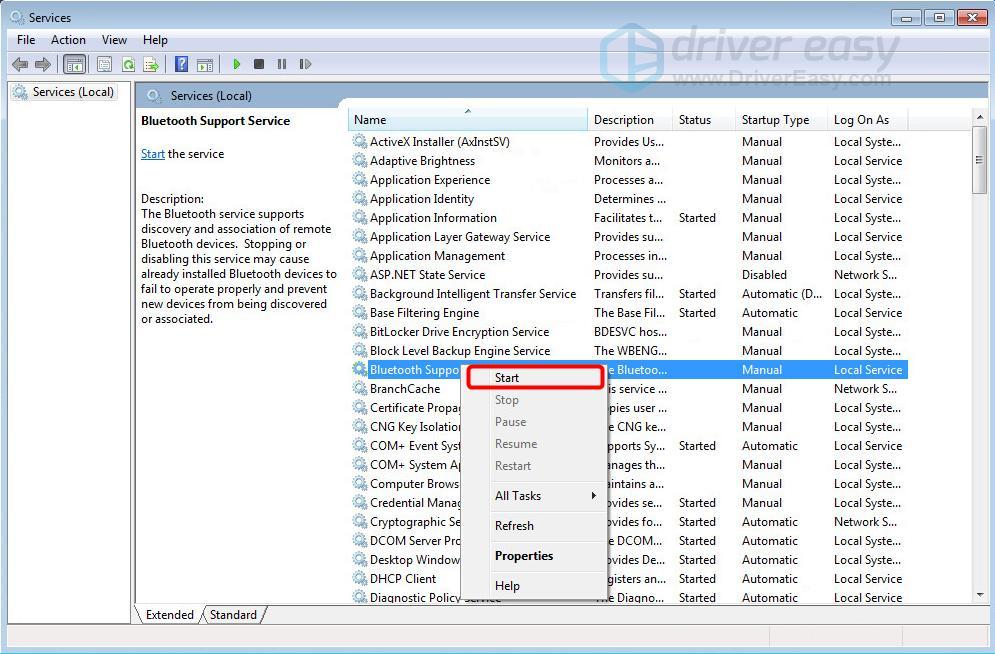
- Right-click Bluetooth Support Service again, and this time select Properties.
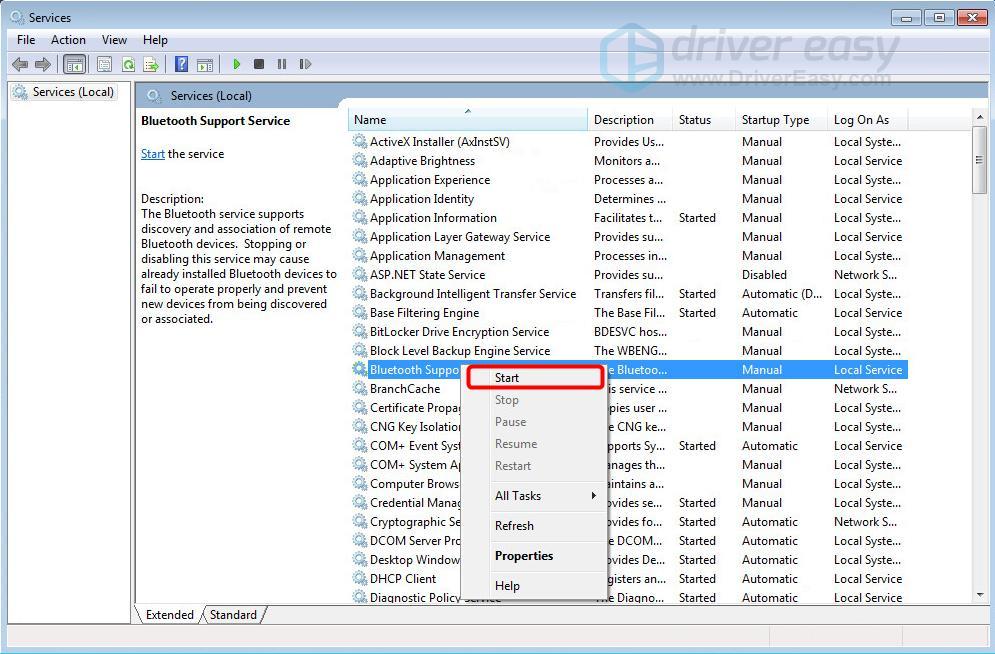
- Set the startup type to Automatic. Click Apply, then click OK.
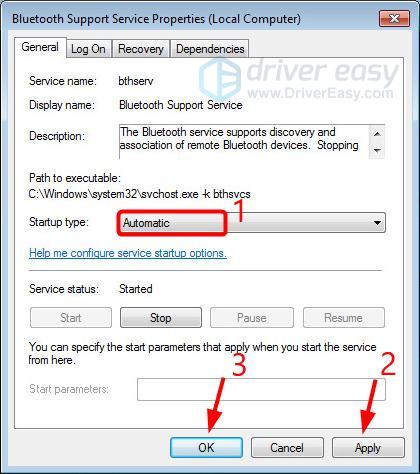
- Now check if you find the Bluetooth icon in the Notification Area.

Hopefully, this can help you out.
You’re, as always, more than welcome to leave a comment below to share your results or any other suggestions.





